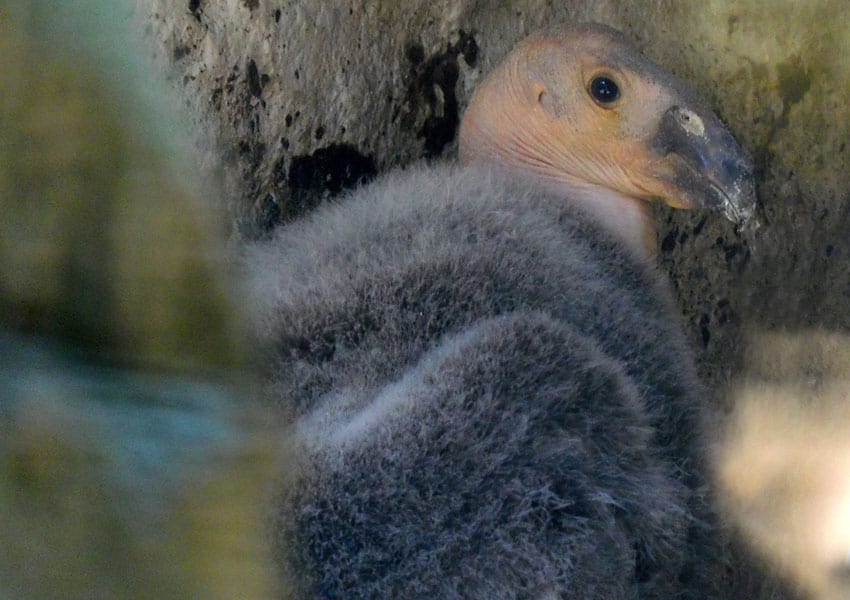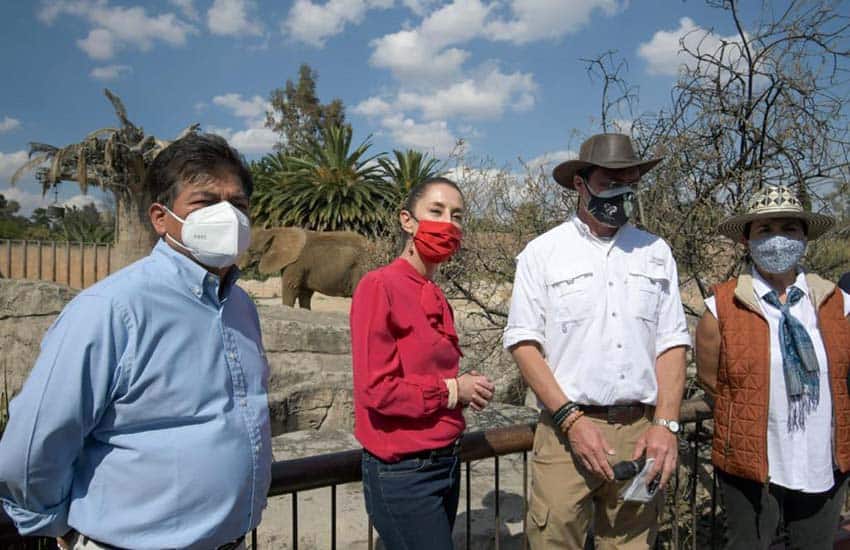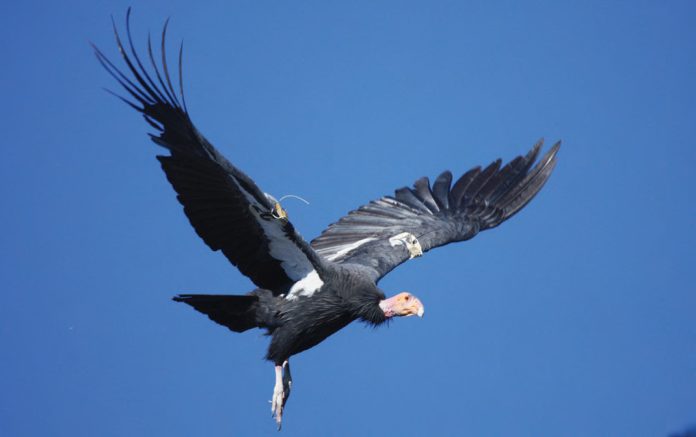In order to protect the California condor from extinction, Mexico City’s San Juan de Aragón Zoo may soon host this prehistoric bird that once lived with mammoths, mastodons and sabre-tooth tigers.
Mexico City’s Environment Ministry (SEDEMA-CDMX) has proposed that the zoo join the United States-Mexico Binational Program for the Recovery and Conservation of the California condor.
Two zoos in Mexico are already part of the program: the Chapultepec Zoo in Mexico City and the Zacango Ecological Park in the State of México. Since 2007, Mexico City’s zoos have been charged by their charter with the Mexico City government to participate in wildlife conservation efforts.

The Chapultepec Zoo currently has two pairs of reproductive condors who have bred 11 condor specimens that are now under the program’s protection of the program.
The Zacango Ecological Park is home to three female condors under professional care which currently contribute to environmental education work so that visitors can learn about the species.
SEDEMA’s General Directorate of Zoos and Wildlife Conservation suggested including the San Juan de Aragón Zoo in the program during a recent bilateral meeting in Mexico City of the program’s officials. The purpose of the meeting was to review the progress the program has made.
“Various strategies were discussed in this meeting to support the conservation of the species, which is in serious danger of extinction,” said Fernando Gual Sill, head of the General Directorate of Zoos and Wildlife Conservation for SEDEMA-Mexico City.
One of the fundamental strategies “is the reproduction of the species in Mexican zoos,” he said.
The first major stage of the wildlife conservation project, managed nationally by the National Commission for Natural Protected Areas (CONANP), has consisted of establishing a wild population of California condors in the San Pedro Mártir Sierra National Park in Baja California.

One of the program’s goals is to achieve a self-sustaining population of 150 condors in the Baja California wilderness. Birds have been bred in zoos and then released into the wild in the national park, where their recovery progress is tracked. The avian group there is currently made up of approximately 45 birds, including adults, young and offspring, some of which have been born in the wild.
“Thanks to zoos around the world, and specifically zoos in the United States and Mexico, the California Condor has survived and has avoided extinction,” said Gual.
Gual stressed the importance of having other institutions join the program as “collaboration is vital to effectively promote recovery both in the wild and under professional care at zoos.”
Conditions in Mexico City zoos, however, have been questioned by Mexico’s media outlets. The investigative digital media outlet EMEEQUIS reported in December that 1,318 specimens in the capital’s zoos died between 2019 and 2022. Some of that period occurred during the COVID-19 pandemic, when zoos in the capital were closed to the public and their total budget was greatly reduced to 57.3 million, according to EMEEQUIS’ report.
In 2019, Gual himself told the newspaper Reforma that about 100 million pesos was needed for rehabilitation work at San Juan Aragón and the Chapultepec Zoo.
EMEEQUIS also reported in December that since Claudia Sheinbaum has taken office as Mexico City’s mayor, zoos in the capital haven’t had comprehensive maintenance plans and have received “aggressive budget cuts” — from a budget of 212.2 million pesos (US $11.1 million) in 2019 to a budget of 104.1 million (US $5.5 million) in 2022.

The San Juan de Aragón Zoo did, however, receive an extra allocation of 26.8 million pesos (US $1.4 million) in January 2022 from Sheinbaum for rehabilitation work.
